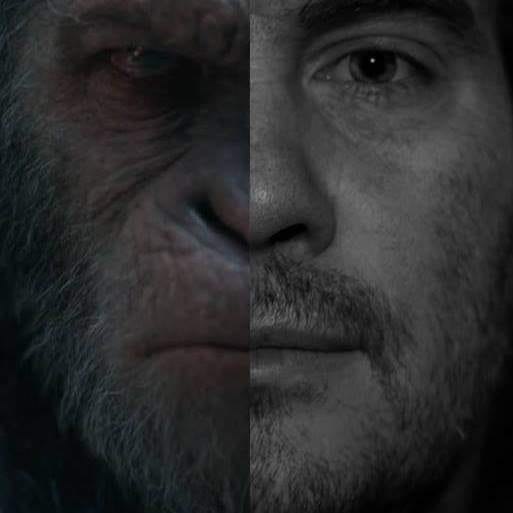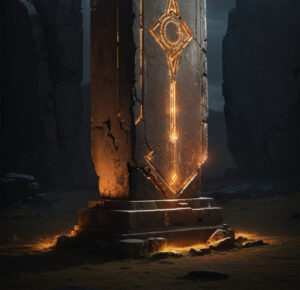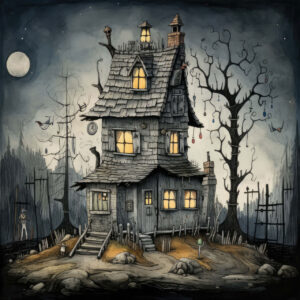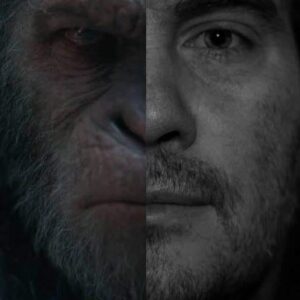The image is haunting, visceral, and almost unbearable to look at. A man, alone, his face contorted in a silent scream. It’s an enigma, a raw depiction of profound anguish. This isn’t just a work of art; for anyone who has experienced the deep, tectonic shift of a marriage separation rooted in fundamental differences, it’s a mirror. The painting, an echo of Edvard Munch’s “The Scream,” captures a moment of internal collapse—the moment you realize you’re not just losing a partner, but your best friend, the other half of your universe. For me, that moment wasn’t a sudden shock; it was a long, slow-motion slide into an agonizing silence. The screaming man wasn’t a stranger; he was me.
The Unraveling
Our journey, like many, was built on a foundation of shared laughter, deep trust, and a seemingly unbreakable bond. But life, especially in recent years, has thrown unprecedented challenges our way. The COVID-19 pandemic, in particular, was a crucible. The world shrank, and the isolation forced us to confront the unspoken gaps between us. We’d always navigated our differences, but a more fundamental divide began to emerge: a deep chasm in our core beliefs.
I began a long and challenging process of religious deconstruction. It’s a term for the dismantling of long-held beliefs, a systematic re-evaluation of the theological foundations you were raised on. My journey involved profound theological shifts as I questioned doctrines and narratives I once held sacred. This process led me to a new space—one of spiritual openness, critical thought, and a different understanding of faith and community.
At the same time, I could see that Tracey was on her own path, one that, while equally valid and deeply personal, diverged from mine. The once seamless connection now felt like two separate narratives, running side by side but never truly converging. This wasn’t a fight; it was a realization. The unspoken truth was louder than any argument we could have. The love was still there, a complex and enduring thing, but the shared future we’d once envisioned was slowly fading to black.
The Echo of Loss and a New Beginning
Losing your best friend is a grief unlike any other. It’s a bereavement that doesn’t involve death but feels just as final. The memories become ghosts in the house, a constant reminder of what was. And in their absence, a profound emptiness rushes in, creating the silent scream that the painting so perfectly portrays. It’s the moment your world collapses, and you’re left with nothing but the echo of what you’ve lost.
But in that echo, a new kind of quiet began to emerge. A silence where I finally had space to become who I am today. The journey of separation has been a slow, difficult excavation. It required looking inward, facing my own fears and insecurities, and accepting that some stories, no matter how beautiful, must come to an end. It has taken me years to get here, to a place where I can look back not with bitterness, but with a profound sense of gratitude. I can now celebrate the person I have become—stronger, more self-aware, and more at peace, a direct result of the difficult work of deconstruction and self-acceptance.
And in that acceptance, I found a new purpose. My time with Tracey had come to an end, and I had to accept that the best thing for her was to find her own freedom. I had to give her the space to explore her true self, a self that might flourish more fully in a life and with someone else. This wasn’t a defeat; it was an act of love. It was acknowledging that true love isn’t about possession, but about wanting what’s best for the other person, even if that means letting go. The enigma of the screaming man is not just about the agony of loss, but about the painful, beautiful journey to self-acceptance and a newfound peace. It’s the sound of a world breaking, but also of a new one being born.
























What do you think?
It is nice to know your opinion. Leave a comment.